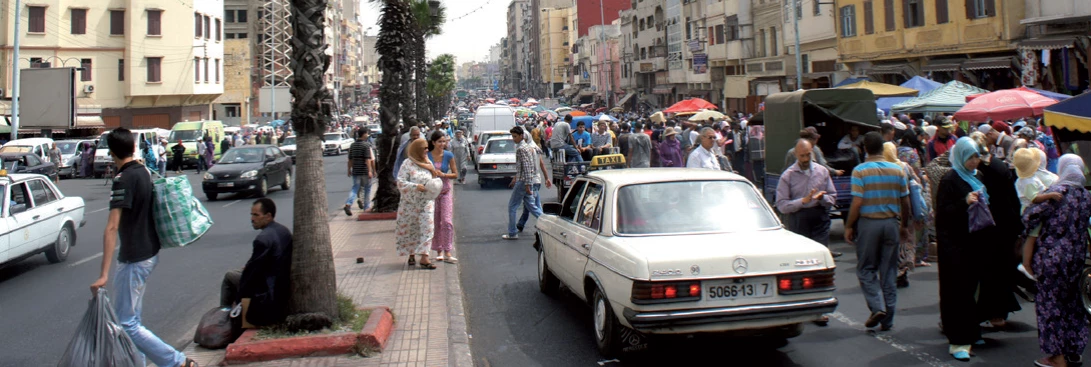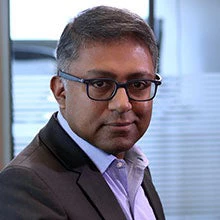That’s how it is in Morocco. Here’s a few facts that give some food for thought:
- About 60 percent of Morocco’s population live in cities and that number is expected to increase to 70 percent by 2050.
- Close to 20 percent of the urban population is considered economically vulnerable, living on less than $2 a day.
- At the same time, spending on urban transport can represent as much as 20 percent of the poorest household’s income for an inadequate level of service.
- In 2012, more than 48,000 traffic incidents occurred in Moroccan cities, resulting in 1,350 fatalities and more than 60,000 injuries, with most of the victims being pedestrians, cyclists, and motorcyclists.
- More women than men depend on urban transport but women face security concerns along with the threat of sexual harassment. .

What is less visible though is the pollution and climate impact. Transport is estimated to be contributing approximately 23 percent of total energy-related CO2 emissions. In cities, congestion results in more emission per vehicle-km, and the use of private vehicles instead of public transportation contributes to a high level of emission per passenger-km. Poor planning and weak public transport has led to urban development that contributes to longer commutes for many people and more greenhouse gas (GHG) emissions. The unreliability of public transportation has encouraged the use of mostly fuel-inefficient taxis.
The underlying causes are well- known and can be seen in far too many other countries. One reason is the significant underinvestment in public transport infrastructure in the past years combined with poorly designed and managed contracts with bus operators. Many cities are not able to fund from budget or to raise enough funds to finance their large public transport investment programs. According to official estimates, Morocco will need $3 billion over the next decade to finance the necessary public transportation investment in the country. Poor coordination is a major issue as well, with neighboring cities often struggling to collaborate and agree on services and cost-sharing across municipal boundaries. Municipalities also have limited capacity to plan and implement major infrastructure projects that would have visible and lasting results (such as a dedicated bus or tram corridors). Too often, urban transport projects in Morocco have been ad-hoc, short term initiatives rather than part of a long-term master plan.
So, what has changed? There is a high level recognition that the central government should play a role in improving public transportation in Moroccan cities.
The new government strategy is based on an innovative governance model for the sector, designed to address the root causes of the issues facing public transportation. This includes policies to strengthen the sector’s institutions, by mobilizing greater technical and financial resources for cities to plan urban transport and building their capacity to plan, deliver and monitor infrastructure and services. In addition, contracts between cities and private operators have been improved, allowing for a more sustainable operation of the sector. Finally, some high-impact projects such as a high capacity tram or BRT will benefit directly from financial support at central level.
The World Bank has played an important role in supporting the development of a long-term vision for public transportation in Morocco. A $200-million project was approved recently to support the change in the way the sector is managed. The project will support results by delivering funds only based on the completion of specific goals for the sector. One of the most prominent being the reduction in travel time for the users of public transportation on specific corridors.
The changes supported by the project will also have a much broader impact on the livability of cities. Along making the streets safer and easier to navigate, it will have a positive effect on climate change by lowering GHG emissions in cities. Better-planned and more efficient urban transportations, will reduce the reliance on individual cars and fuel inefficient taxis.
After all, cities should be designed for people, not cars.



Join the Conversation